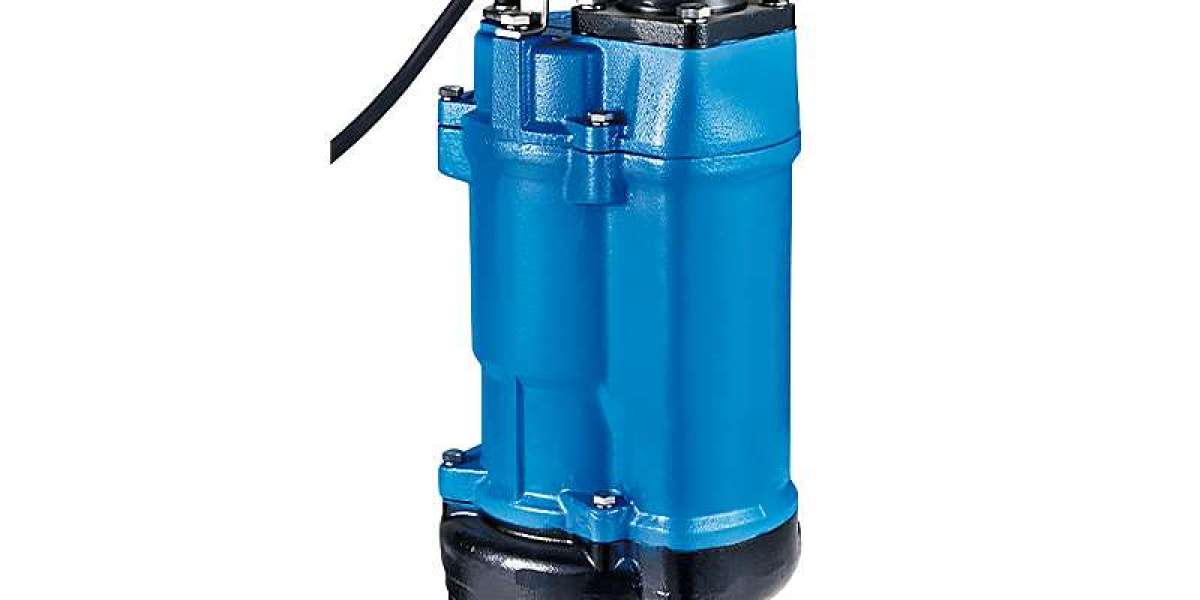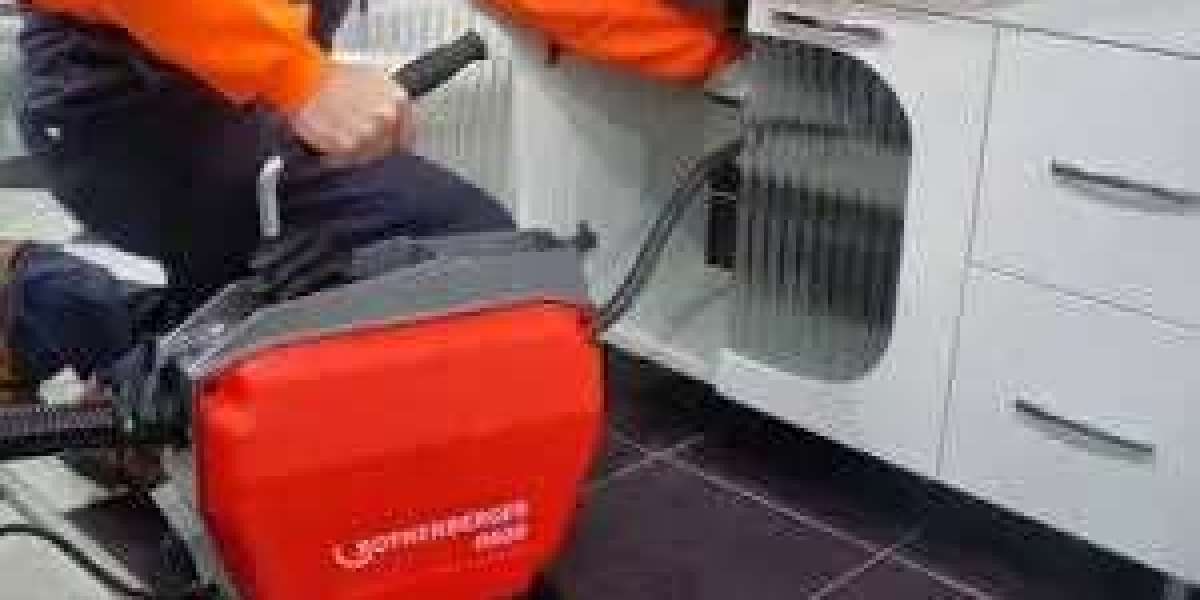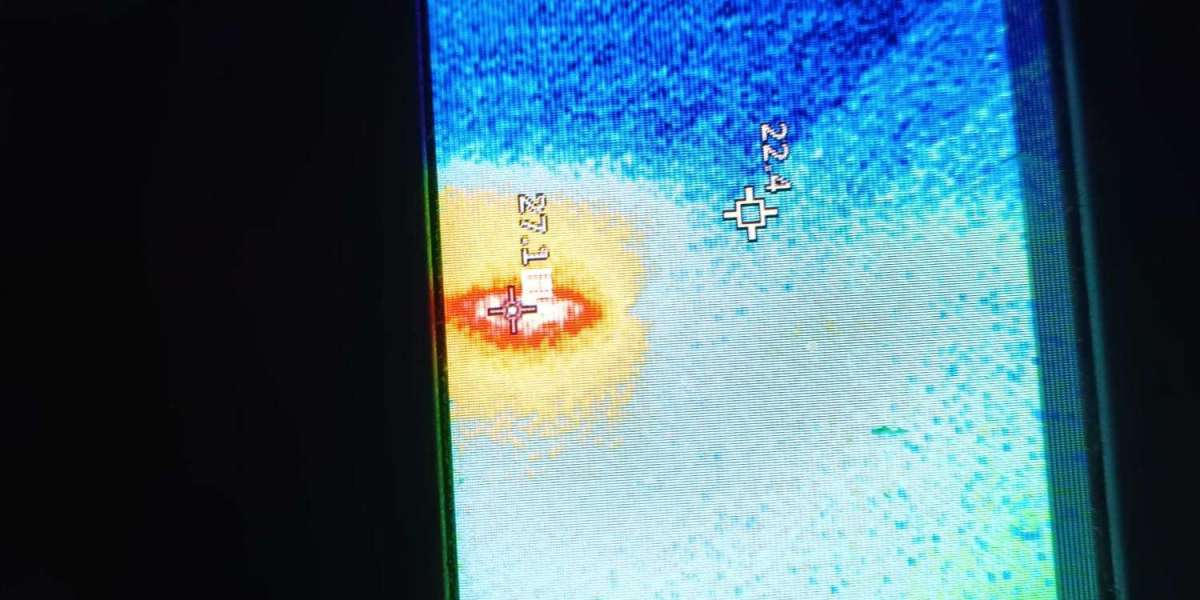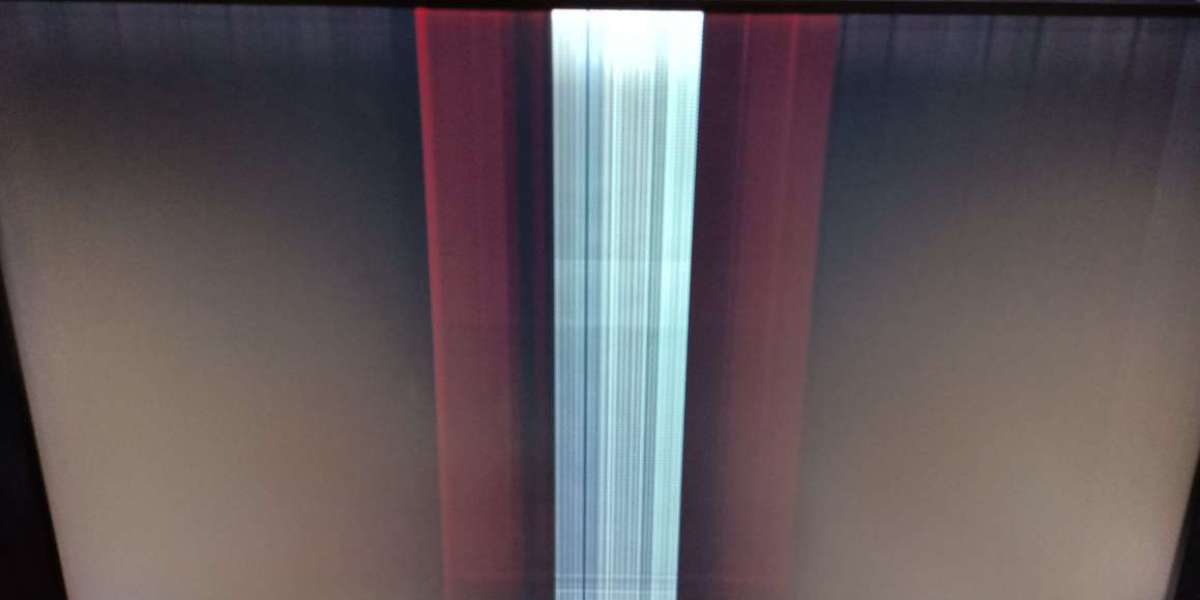Proper maintenance practices significantly impact the service life and efficiency of submersible slurry pumps operating in demanding environments. These pumps face constant wear from abrasive particles, making scheduled inspections and component replacements essential for reliable operation. Implementing a comprehensive maintenance program helps maximize the performance of submersible slurry pump systems.
Regular monitoring of a submersible slurry pump's operational parameters provides early warning of developing issues. Changes in power consumption, flow rates, or discharge pressure may indicate wear or blockage in the pump. Vibration analysis can reveal bearing problems or impeller imbalance in a submersible slurry pump before they lead to catastrophic failure.
Wear part replacement forms a critical aspect of submersible slurry pump maintenance. The impeller, volute, and suction plate typically experience the most abrasion in these pumps. Establishing replacement intervals based on operating hours and slurry characteristics helps prevent unexpected breakdowns. Many modern submersible slurry pump designs feature quick-change components that minimize downtime during servicing.
Proper installation and alignment affect a submersible slurry pump's longevity and performance. Ensuring adequate submersion depth prevents cavitation, while correct piping configuration reduces unnecessary strain on the pump. Electrical connections require periodic inspection to maintain proper grounding and prevent moisture intrusion in submersible slurry pump power cables.
Operational practices can extend a submersible slurry pump's service intervals. Avoiding run-dry operation protects mechanical seals, while gradual startup reduces stress on rotating components. Some facilities install pre-screening systems to remove oversized solids before they reach the submersible slurry pump, reducing wear on internal parts.
Advancements in materials science continue to improve submersible slurry pump durability. New wear-resistant alloys and ceramic coatings increase component life in harsh operating conditions. These developments, combined with proper maintenance, make modern submersible slurry pumps more reliable than ever for handling abrasive fluid mixtures.







